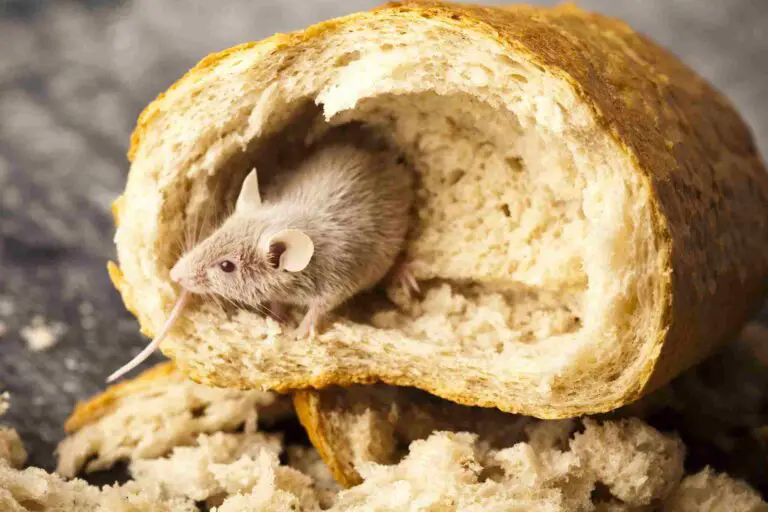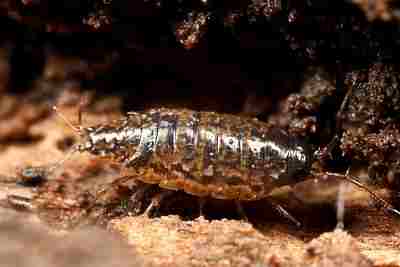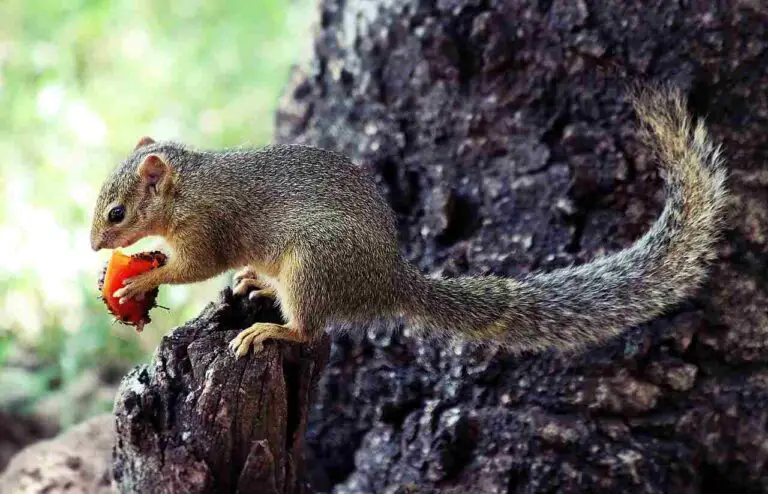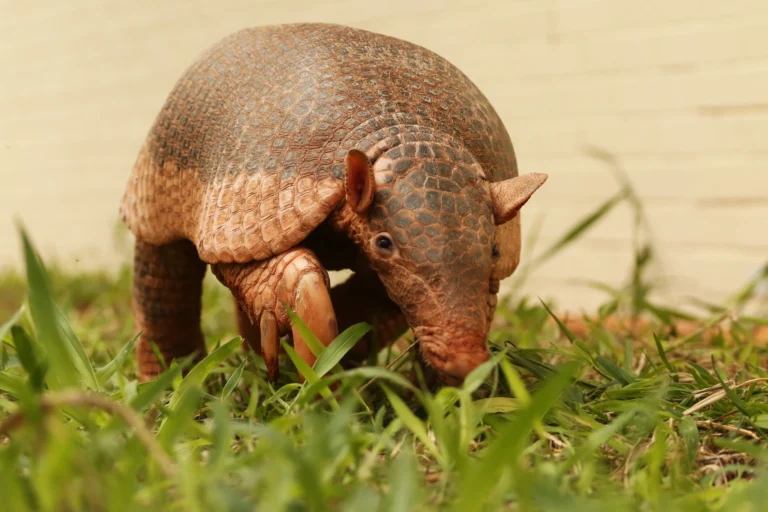Forest Ecosystem Meaning, Abiotic and Biotic Components
A forest ecosystem is an ecosystem that is dominated by trees and shrubs, as well as animal and microbial species that are adapted to this habitat. This article discusses forest ecosystem meaning, abiotic and biotic components;
-Forest Ecosystem Meaning: 10 Ways to Define a Forest Ecosystem
-Components of a Forest Ecosystem
Forest Ecosystem Meaning: 10 Ways to Define a Forest Ecosystem
Forest ecosystem is a natural system with a unique set of vegetation, microbe and animal communities that co-habit.
It is one of the various biomes that occur naturally on Earth, such as grasslands, deserts and tundra biomes.
The most common and effective way to identify forest ecosystems is based on their components. This is highlighted in the forest ecosystem meaning that is given below;
A forest ecosystem is a unique biological system that comprises of abiotic components like water, sunlight, temperature, minerals, soil, rocks, nutrients, salinity and turbidity; and biotic components or flora and fauna, like trees, shrubs, animals and microorganisms.
Below is an alternative forest ecosystem meaning, that is given on the basis of the structure of forest ecosystems;
A forest ecosystem is a dynamic ecological system that has a hierarchical structure which is defined by food chains, food webs and an energy pyramid that enables various species of plants and animals to cohabit and survive [5].
It is possible to present the forest ecosystem meaning from the perspective of functions, of such ecosystems. This is shown as follows;
Forest ecosystem is a natural biome whose functions include biomass production, energy supply, food production, soil conservation, erosion and flooding control, natural hazard mitigation, nutrient cycling, carbon capture and storage, water conservation, air quality maintenance, biodiversity preservation, recreation, economic utility, raw material supply, desertification prevention, and climate change mitigation.
The biotic factors are important when outlining forest ecosystem meaning. These components are separately mentioned in the two definitions below.
Based on plant-biotic components;
Forest ecosystem is an ecologic unit that is dominated by woody perennial vegetation, including coniferous and evergreen trees, small plants and shrubs like; palms, mosses, ferns, pine, fir, vines, larch, cypress, spruce, maple, cedar, and redwood.
Based on animal-biotic components;
Forest ecosystem is a biological system that serves as a habitat to trees and shrubs, as well as mammals such as squirrels, rabbits, coyotes, chipmunks, moose, bears, deer, beavers, monkeys; amphibians and reptiles like frogs, chameleons, lizards; birds like owls and macaws; soil organisms and insects like earthworms and termites; and microorganisms like bacteria and fungi.
Energy transfer is an essential process in forest ecosystems, which enables its components to survive and thrive [3]. The following forest ecosystem meaning, makes reference to the role of bioenergy in the system;
Forest ecosystem is an ecosystem in which renewable energy (called bioenergy) is continuously cycled in the form of organic matter and ATP, between abiotic and biotic components.
It is important to note that the cycling or bioenergy, biomass and biofuel in forest ecosystems, occurs through various geochemical cycles and biochemical processes. These include the carbon cycle, hydrological cycle, and biodegradation.
The outcome of such cycling is a degree of self-sufficiency in forest ecosystems, that is in line with the goal of sustainable development. This perspective is portrayed further in the forest ecosystem meaning that is given below;
A forest ecosystem is a natural system that cycles nutrients and energy among all its components for their survival, in such a manner that achieves energy efficiency, energy conservation and sustainability.
Some climatic, edaphic and topographic conditions are common in forests. The following forest ecosystem meaning mentions a number of these;
A forest ecosystem is a biome that is characterized by average temperature of around 10°C, variable topography, high humidity, and organic soil, all of which support the survival of a distinct set of animals and plants.
Lastly, the following forest ecosystem meaning portrays the system as a sustainable unit, in terms of the conservation of resources;
Forest ecosystem is an ecosystem that is naturally designed to conserve its energy, soil, water and biomass resources, but can be destabilized by human activities like deforestation and hinting.
Components of a Forest Ecosystem
Components of forest ecosystem are; biotic components like trees, shrubs, small plants, animals and microbes; and abiotic components like soil, water, air, minerals, salinity, rocks and nutrients.
Elements in a forest ecosystem are the biotic and abiotic elements. They may also be called biotic and abiotic components or factors.
Biotic and abiotic components of a forest ecosystem are discussed below;
1). Biotic Components of a Forest Ecosystem
Biotic components of an ecosystem are those components that are of organic origin, and can participate in biological activities and processes like biodegradation, nutrition, excretion, and reproduction.
The biotic components of a forest ecosystem include plants, animals, and microorganisms.
Plants, cyanobacteria and some micro and macro-algae are the primary producers in a forest ecosystem, also known as autotrophs or independent feeders. This is because they are responsible for capturing and converting solar energy to biochemical energy through photosynthesis [2].
In the energy pyramid, plants occupy trophic level 1 [6], as they do not depend solely on any other group of organisms for their survival. Rather, all other biotic components depend directly or indirectly on plants to survive.
Plants in a forest ecosystem include trees, shrubs, mosses, vines, wildflowers, and ferns. Examples of forest plants are sunflower, cedar, fir, palm, pine, hemlock, deer fern, and plume moss.
Forest animals occupy trophic levels 2-4 (or ‘5’ in some classifications). They have different feeding habits like herbivorous, carnivorous and omnivorous feeding; and different reproduction habits like mammalian and oviparous habits, and different choices of habitats.
Animals in forests may be aquatic like fish; terrestrial like reptiles; or both terrestrial and aquatic like amphibians.
Because of their great differences, these animals can be grouped into various categories, based on different systems of classification. Some animals like hawks, owls and foxes are called predators, because they feed on other animals, while others like bacteria and fungi are called decomposers because they derive nutrients through biodegradation or decomposition of organic matter.
Examples of forest animals in various categories are given as follows;
Mammalian animals (mammals) in a forest ecosystem include; deer, squirrel, elephant, gorilla, leopard, jaguar, monkey, bat, rabbit, and moose.
Oviparous animals in a forest ecosystem include; spiders, snakes, fish, hawks, and owls.
Decomposers in a forest ecosystem include; bacteria, fungi, earthworms and snails.


2). Abiotic Components of a Forest Ecosystem
Abiotic components of a forest ecosystem include soil, water, inorganic carbon, solar energy, temperature, humidity, pH, acidity, topography, oxygen, and nutrients.
They are collectively defined as all components or factors that are non-living or inorganic in nature [1].
Forest abiotic components can be categorized into features and conditions.
The features include soil, water, nutrients, minerals, oxygen, topography, and solar energy. These abiotic components are relatively constant and do not easily change from one form to another.
Conditions include humidity, temperature, intensity of solar radiation, acidity, turbidity, and biological oxygen demand. These components are easily changed, compared to the abiotic features.
Solar energy from sunlight is the primary form of energy in a forest ecosystem. It is captured by green plants, algae and cyanobacteria, and used to produce biomass. The competition for sunlight among plants leads to the typical growth pattern of forest canopies and ground vegetation [9].

Soil is a very important abiotic component of forest ecosystems. It provides support to vegetation, and serves as a storage medium for nutrients, water and carbon. Forests soils are usually well-developed as a result of the growth of roots through them. They are also usually rich in organic matter, that includes plant and animal remains [7].
Water is another essential resource in forest ecosystems. It is stored in various media, including soil, underground aquifers, rivers, and biomass. The natural cycling of water in the hydrological cycle is a basic process required for organic continuity and survival.
Oxygen is released by plants as a byproduct of photosynthesis [4]. This component is needed for respiration and survival of animals.
Inorganic carbon in a forest ecosystem, commonly occurs in the form of carbon dioxide, which is stored in soil through carbon sequestration [8]. Biomass also contains carbon, which is stored through photosynthesis.
Temperature and Humidity, determine the effectiveness and trend of various important processes in a forest ecosystem, such as evaporation, respiration, and biodegradation.
Forest topography may vary widely from flat to mountainous. Landscape modification is not very active here because vegetation protects the land from heavy wind, rainfall and floods. The topography of a forest ecosystem affects water flow, vegetation growth patterns, and nutrient distribution.
Nutrient concentration, pH, turbidity, solar intensity, and biological oxygen demand (BOD) are all physicochemical parameters that determine the quality and productivity of soil and water in the forest ecosystem.
Conclusion
Forest ecosystem is an ecosystem which comprises of a distinct set of abiotic and biotic factors like trees, shrubs, mammals, reptiles, birds, amphibians, bacteria, fungi, soil, water and oxygen; and processes like photosynthesis, biodegradation, growth and respiration.
Components of a forest ecosystem are abiotic and biotic.
Abiotic components of a forest ecosystem are non-living components like soil, water, oxygen, inorganic carbon, pH, nutrients and salinity.
Biotic components of a forest ecosystem are plants and animals like mosses, ferns, shrubs, trees, mammals, birds, amphibians, fishes, reptiles, bacteria and fungi.
References
1). Balasubramanian, A. (2008). “ECOSYSTEM AND ITS COMPONENTS.” Available at: https://www.researchgate.net/publication/314213426_ECOSYSTEM_AND_ITS_COMPONENTS. (Accessed 6 August 2022).
2). Branco, C. C. Z.; Riolfi, T. A.; Crulhas, B.; Tonetto, A. F.; Bautista, A. I.; Necchi, O. (2017). “Tropical lotic primary producers: Who has the most efficient photosynthesis in low-order stream ecosystems?” Freshwater Biology 62(9). Available at: https://doi.org/10.1111/fwb.12974. (Accessed 6 August 2022).
3). Chen, X. (2007). “Energetics of forest biomes.” Available at: https://www.researchgate.net/publication/320840448_Energetics_of_forest_biomes. (Accessed 5 August 2022).
4). Dismukes, G. C.; Blankenship, R. (2014). “The Origin and Evolution of Photosynthetic Oxygen Production.” Available at: https://www.researchgate.net/publication/268512173_The_Origin_and_Evolution_of_Photosynthetic_Oxygen_Production. (Accessed 6 August 2022).
5). Hyodo, F.; Matsumoto, T.; Takematsu, Y.; Kamoi, T.; Fukuda, D.; Nakagawa, M., Itioka, T. (2010). “The structure of a food web in a tropical rain forest in Malaysia based on carbon and nitrogen stable isotope ratios.” Journal of Tropical Ecology 26(02):205 – 214. Available at: https://doi.org/10.1017/S0266467409990502. (Accessed 6 August 2022).
6). Jaiswal, A. (2018). “Ecology and Ecosystem.” PG e- Pathshala- An MHRD Project under its National Mission on Education through ICT (NME-ICT). Available at: https://www.researchgate.net/publication/328306598_Ecology_and_Ecosystem. (Accessed 6 August 2022).
7). Osman, K. T. (2013). “Organic Matter of Forest Soils.” Forest Soils (pp.63-76). Available at: https://doi.org/10.1007/978-3-319-02541-4_4. (Accessed 6 August 2022).
8). Sedjo, R.; Sohngen, B. (2012). “Carbon Sequestration in Forests and Soils.” Annual Review of Resource Economics 4(1):127-144. Available at: https://doi.org/10.1146/annurev-resource-083110-115941. (Accessed 6 August 2022).
9). Sheil, D.; Salim, A.; Chave, J.; Vanclay, J. K.; Hawthorne, W. (2006). “Competition for light amongst tropical tree species.” Available at: https://www.researchgate.net/publication/281948860_Competition_for_light_amongst_tropical_tree_species. (Accessed 6 August 2022).




